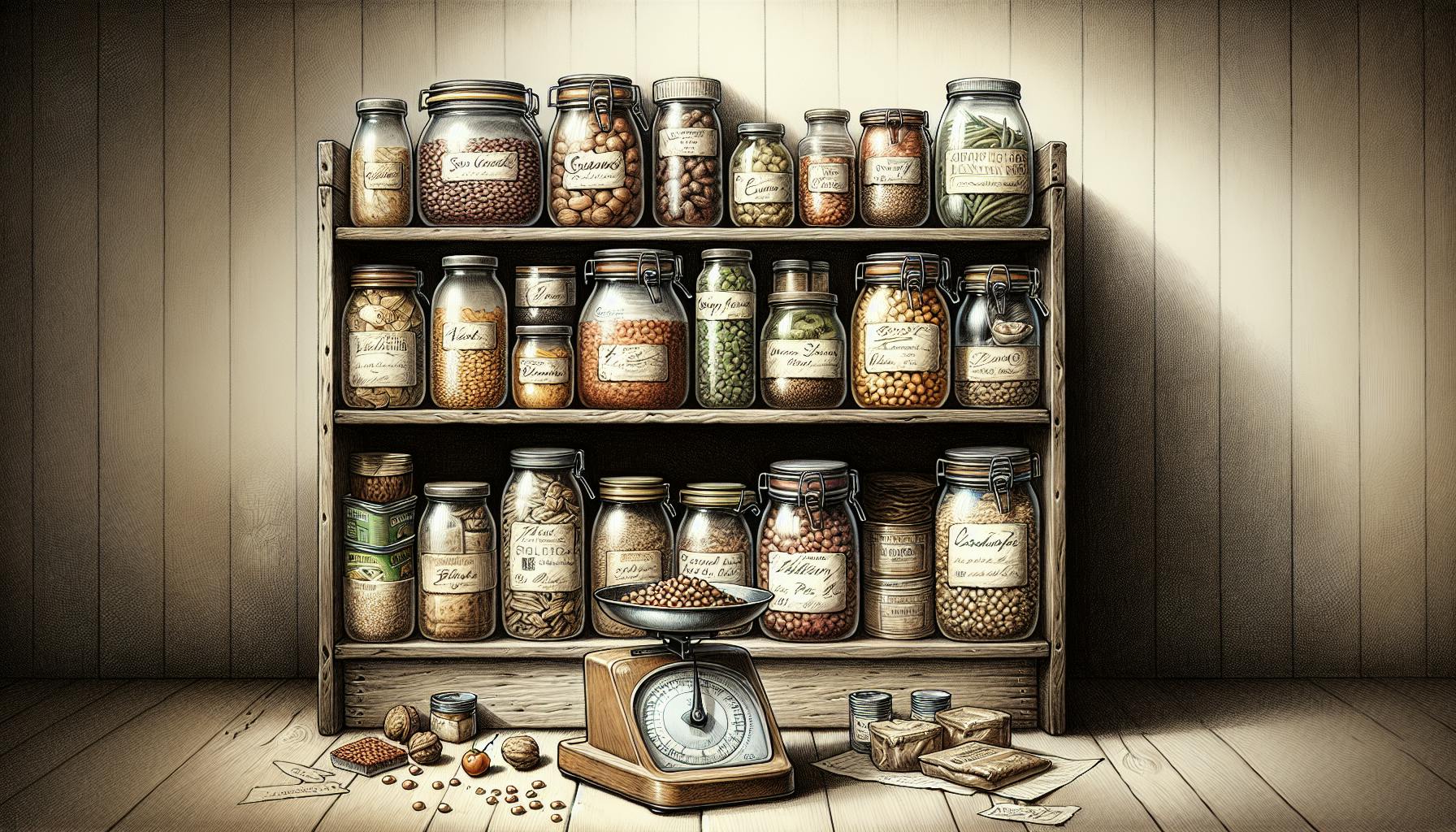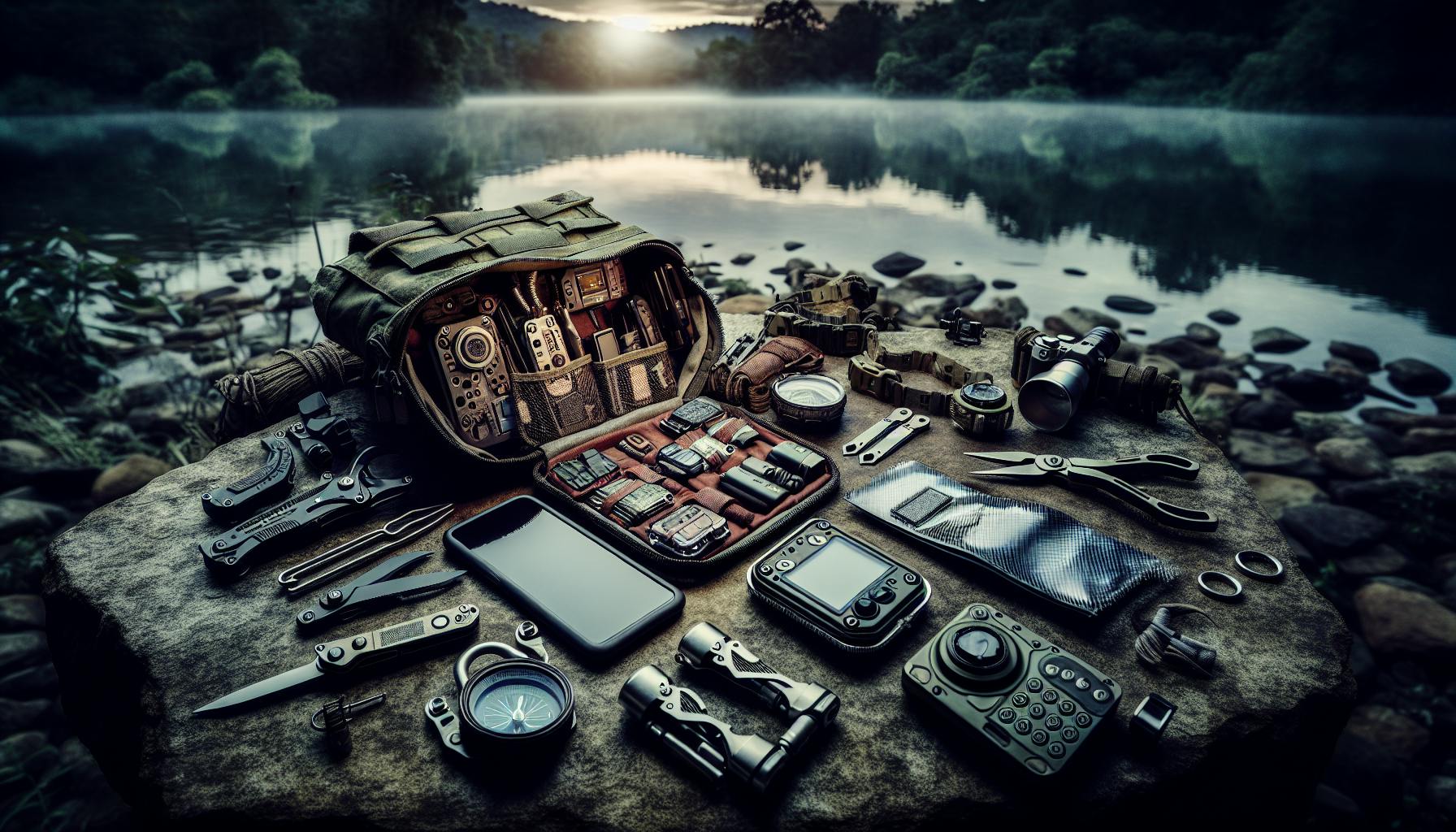Introduction to Bivy Sacks
Bivy sacks provide lightweight, minimalist shelter for backpackers and mountaineers seeking to travel fast and light. Constructed of waterproof and breathable fabrics, they are designed to be carried in a backpack and provide basic protection from the elements while maintaining compact portability. Bivy sacks are smaller and lighter than traditional tents, but they offer less interior room and ventilation. When choosing the right bivy sack, it is important to consider the intended use, expected weather conditions, and individual needs in order to find the ideal balance of weight, weather resistance, space, and features. For preppers focused on building a portable bug out bag, bivy sacks can serve as a useful minimalist emergency shelter option when combined with other key layers like a tarp, sleeping pad, and insulating sleeping bag.
What Exactly Is a Bivy Sack?
A bivy sack is a lightweight, minimalist shelter typically designed for one person. It is essentially a weather-resistant fabric enclosure with an integrated sleeping bag-style interior. Bivy sacks are made of waterproof and/or breathable outer fabrics and usually zip open on one side for entry and exit. They provide bug and wind protection and basic cover from rain and snow. Compared to tents, bivy sacks are much lighter and more compact, but also far less roomy and ventilated on the inside. They cater to solo backpackers and mountaineers who prioritize light packing weight and fast setup over interior space and weather protection. For preppers building a bug out bag, bivy sacks offer useful portable shelter that can withstand the elements when combined with other key gear.
Key Components
-
Waterproof/breathable outer shell made of premium materials like Gore-Tex to shed rain and snow while allowing vapor to escape from the inside.
-
Mesh screens on the head and foot areas to allow airflow and ventilation to mitigate condensation.
-
An attached hood or head cover to protect the head and face area from precipitation and wind.
-
A partial or full length zipper running vertically or diagonally for easy access getting in and out of the bivy interior.
-
Straps, loops, and pockets on the interior to securely store small essential gear and prevent loss.
-
Optional removable pole or hoops to create more interior space and structure.
Weight and Packed Size
-
Bivy sacks are ultralight shelters, typically weighing around 1-3 lbs. Lighter models may be under 1 lb while more robust versions can exceed 3 lbs.
-
Weight ranges significantly based on intended use, from minimalist ultralight bivys under 1 lb to more durable over 3 lb 4-season mountaineering bivys.
-
When packed down, bivy sacks are impressively small, about the size of a 1 liter water bottle or smaller. This makes them easy to stash in a backpack.
-
Ultralight bivy sacks prioritize minimum weight over long-term durability and weather protection.
Types of Bivy Sacks
-
Basic bivy sacks offer a waterproof outer shell and bug netting for simple, minimalist shelter.
-
Breathable bivys use ventilated, moisture-wicking fabrics to reduce condensation inside.
-
Alpine or mountaineering bivys are built to withstand severe mountain weather and typically feature reinforced, waterproof construction.
-
Hooped bivys incorporate an external hoop pole to increase interior space and comfort.
-
Oversized or 2-person bivys provide more room to maneuver and extra space for gear storage inside.
How to Choose a Bivy Sack for Your Needs
When selecting a bivy sack, key factors to consider are your intended use, the expected weather conditions, and the ideal balance of weight, weather resistance, space, and features for your needs. If condensation is a major concern, focus on ventilation and breathability. For winter camping, seek a bivy with robust, reinforced construction. And for ultralight adventures, minimal weight should be the priority. Preppers will want to opt for durable materials and waterproofing optimized for emergency use.
Bivy Sacks by Season
-
3-season: Best for spring, summer, fall camping. Lighter materials, more breathability.
-
4-season: Waterproof and reinforced for winter mountaineering. Warmer, condensation managed.
-
Ultralight: Minimalist models under 1 lb for summer backpacking. Less weather resistance.
-
All-weather: Hardcore waterproofing and durability for any conditions. Heavier.
Materials and Waterproofing
-
Premium waterproof/breathable membranes like Gore-Tex provide the best weather protection and moisture control.
-
Silnylon and silicone-treated nylon offer budget-friendly waterproofness.
-
Densely woven ripstop nylon resists tears and abrasions from rocks and branches.
-
Fully taped or sealed seams prevent moisture seepage into the interior.
-
DWR coatings cause water to bead up and roll off the exterior fabric.
Ventilation and Condensation Control
-
Mesh areas provide ventilation to minimize interior humidity and condensation.
-
Adjustable vents allow you to dial in airflow as needed.
-
Breathable waterproof membranes let internal moisture vapor escape.
-
A hooped design promotes airflow and reduces stuffiness inside.
-
Moisture-wicking insulation keeps interior fabric drier.
Weight and Packed Size
-
The lightest bivys weigh around 1 lb but sacrifice durability.
-
3-season bivys balance weight and weather resistance.
-
Heavier bivys around 3 lbs offer maximum ruggedness.
-
When packed, bivy size ranges from 1 liter bottle to 2 liters max.
-
Lighter models pack down smaller but are less robust.
Using a Bivy Sack as Part of a Shelter System
For preppers, bivy sacks can provide useful portable shelter when combined with other key layers:
-
Tarp: Creates a waterproof roof over the bivy in rain or snow. Allows covered entry/exit.
-
Closed-cell sleeping pad: Insulates from cold ground. Provides cushioning. Stays dry when camping in snow.
-
Warm sleeping bag: Retains body heat. Synthetic insulation manages moisture better than down.
-
Emergency blanket: Adds a reflective layer for retaining body heat.
-
Trekking poles: Allow you to pitch a makeshift tarp shelter over the bivy.
Having redundant shelter layers is advisable to stay protected in severe weather. With thoughtful selection of complementary gear, a bivy can be part of a comprehensive portable shelter system.
Setting Up and Using Your Bivy Sack
Using a bivy sack properly involves site selection, managing moisture, and learning the intricacies of operating in the tight quarters of these minimalist shelters. Follow these tips to optimize your bivy experience:
Setting Up Your Bivy
-
Select a flat, smooth site, clearing any sharp rocks, sticks or debris.
-
Use trekking poles or other items to elevate the foot end if camping on a slope.
-
Extend the hoop or internal pole if your bivy has one.
-
Stake down guy lines for stability and weather resistance.
-
Use interior pockets and loops to organize essentials like headlamp, knife, etc.
Inside the Bivy
-
Keep the entrance zipped closed except for entry/exit to block wind and bugs.
-
Only bring essentials inside to keep the living space clutter-free.
-
Use a sleeping pad for comfort, insulation and to keep your sleeping bag dry.
-
Manage moisture by venting the bivy whenever weather permits.
-
Adjust position carefully to avoid contact with interior walls.
Tips and Tricks
-
Pairing your bivy with a tarp provides supplemental weather protection.
-
Face the entrance perpendicular to wind to limit air and water intake.
-
Fill a stuff sack with clothes and place underneath to insulate from cold ground.
-
Use a closed-cell foam sleeping pad for winter camping on snow.
-
Avoid breathing directly on the fabric to mitigate interior condensation.
Limitations and When a Tent May Be Preferable
While useful for minimalist shelter, bivy sacks do have some limitations to consider:
-
Multi-day trips: Condensing gear into a bivy is hard for longer durations.
-
Heavy rain/storms: A tent provides more weather resistance and space.
-
Buggy environments: Less mesh than tents to keep insects out.
-
Camping with a partner: Two people in a bivy is very cramped.
-
Claustrophobia concerns: The tight space can feel confining.
-
Cooking in shelter: Hard to cook safely in a bivy interior.
For challenging weather or multi-day excursions, a tent often provides preferable protection and livability. But for short solo trips or emergency use, a bivy can serve as an ultralight shelter option.
Choosing the Best Bivy Sack for Your Bug Out Bag
For preppers building a bug out bag, here are key tips on selecting an optimal bivy sack:
-
Prioritize waterproofness and durability over ultra-light materials.
-
Seek tried and true waterproof membranes like Gore-Tex over budget options.
-
Favor robust ripstop nylon over more delicate ultralight fabrics.
-
Look for reinforced stitching, sealed seams, and storm flaps for weather resistance.
-
Condensation control is less important than reliable waterproofing.
-
Opt for a hooped bivy to allow easier entry/exit and access to gear.
-
Make sure zippers are sturdy; avoid ultralight weight zippers.
-
Consider an oversized or 2-person model for extra space and livability.
-
Compromise on packed size; focus on durability over compressed size.
Conclusion
Bivy sacks can serve wilderness backpackers and preppers well as a highly portable solo shelter option when combined with other key layers like a tarp, sleeping pad, and warm sleeping bag or blanket. Their minimalist nature provides useful emergency shelter against the elements in a compact package. When selecting a bivy for your bug out bag, opt for waterproofness, durability, and livability over ultra-light materials. And make sure to pair it with redundant shelter like an emergency bivy or tarp. With thoughtful gear selection, the bivy sack has a place in any prepper's portable shelter system.


